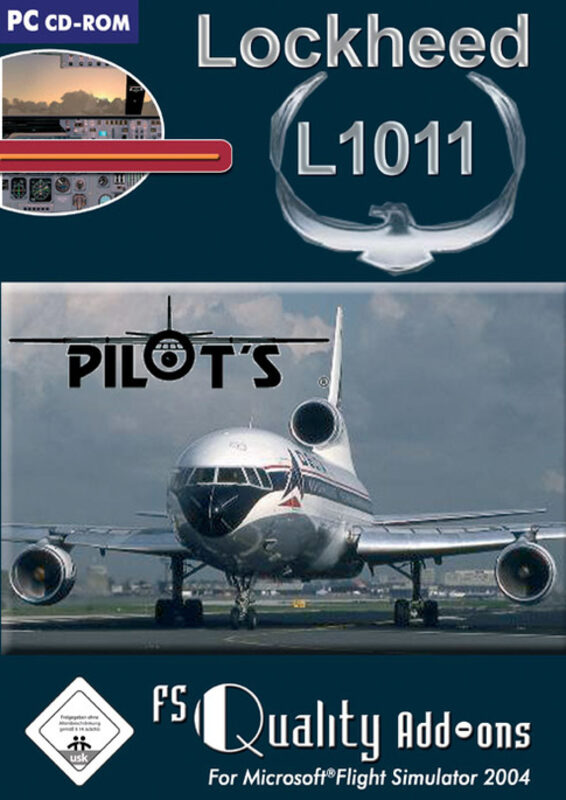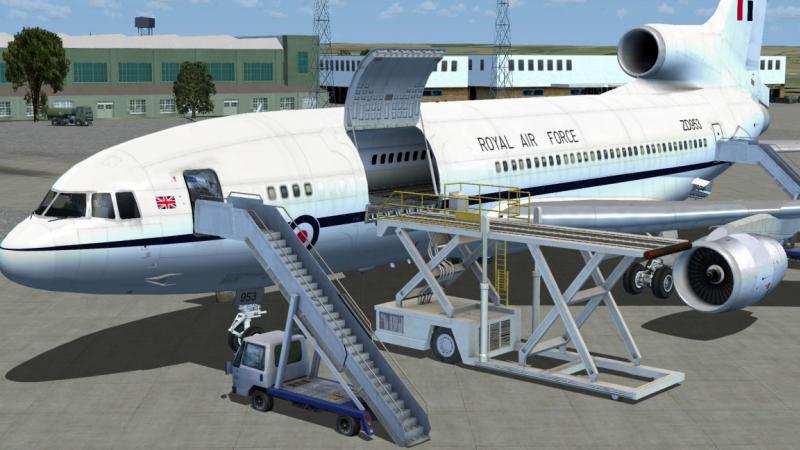
Having experienced difficulties with some of their military programs, Lockheed was eager to re-enter the civilian market with a smaller wide-body jet, and their response was the L-1011 TriStar. Boeing lost the military contract, but its private-venture 747 captured what would become a much larger civilian airliner market for wide-body airliners.

Lockheed won contracts for jet military transports with the C-141 StarLifter, and pioneered very large jet transports with the large C-5 Galaxy with its high-bypass turbofan engines. Even after the Electra overcame vibration problems that caused a number of crashes early in its career, the market for large airliners would soon shift over to jet airliners such as the Boeing 707 and Douglas DC-8.

In the 1950s the Electra was designed for turboprop propulsion, which Lockheed had successfully used on the C-130 Hercules military transport. Lockheed had not produced civilian airliners since 1961 with the L-188 Electra. In the 1960s, American Airlines approached Lockheed and competitor Douglas (later McDonnell Douglas) with the need for an airliner smaller than the 747 capable of carrying a large passenger load to distant locales such as London and Latin America from company hubs at Dallas-Ft Worth and New York. After production ended, Lockheed withdrew from the commercial aircraft business due to its below-target sales. Between 19, Lockheed manufactured a total of 250 TriStars, assembled at the Lockheed plant located at the Palmdale Regional Airport in southern California north of Los Angeles. The L-1011 TriStar's sales were hampered by two years of delays due to developmental and financial problems at Rolls-Royce, the sole manufacturer of the aircraft's engines. Post-production conversions for the L-1011-1 with increased takeoff weights included the L-1011-50 and L-1011-150. The original-length TriStar was also produced as the high gross weight L-1011-100, up-rated engine L-1011-200, and further upgraded L-1011-250. The shortened, longer range L-1011-500 first flew in 1978, and entered service with British Airways a year later. The original L-1011-1 first flew in November 1970, and entered service with Eastern Air Lines in 1972. The L-1011 TriStar was produced in two fuselage lengths. The aircraft has an autoland capability, an automated descent control system, and available lower deck galley and lounge facilities.

Its trijet configuration has three Rolls-Royce RB211 engines with one engine under each wing, along with a third engine center-mounted with an S-duct air inlet embedded in the tail and the upper fuselage. The airliner has a seating capacity of up to 400 passengers and a range of over 4,000 nautical miles (7,410 km). It was the third wide-body airliner to enter commercial operations, after the Boeing 747 and the McDonnell Douglas DC-10. The Lockheed L-1011 TriStar, commonly referred to as the L-1011 (pronounced 'L-ten-eleven') or TriStar, is an American medium-to-long-range, wide-body trijet airliner by Lockheed Corporation. Gulf Air L-1011-200 TriStar on final approach at London Heathrow Airport in 1983 (Redirected from Lockheed L-1011)Jump to navigationJump to search L-1011 TriStar


 0 kommentar(er)
0 kommentar(er)
